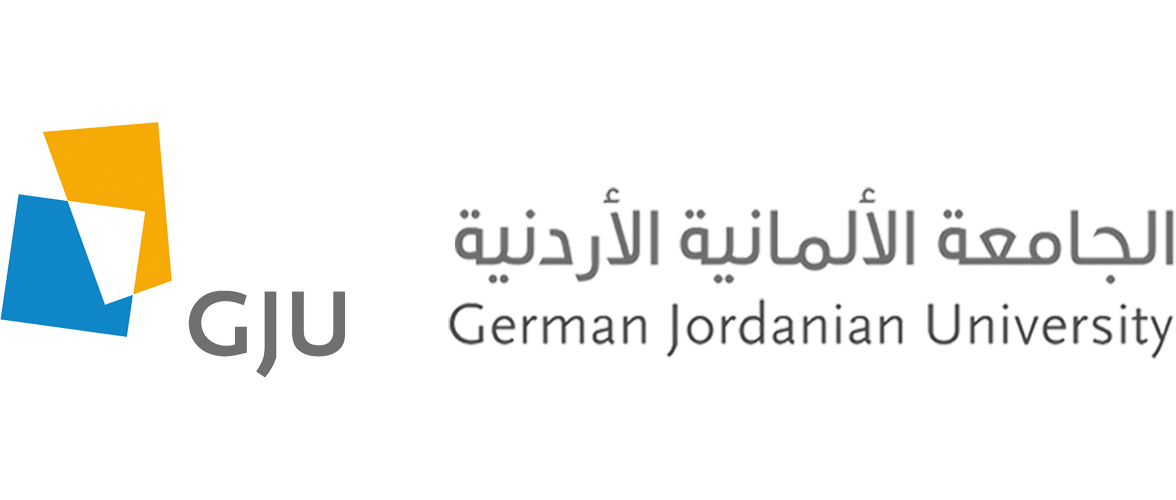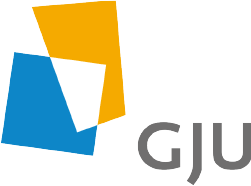In collaboration with PTV group- Dubai training center. The Road Safety Center of Excellence presets short training courses in PTV Visum and PTV Vissim.
Total Number of Training Hours: 40 hours
Venue: School of Architecture and Built Environment, GJU, Jabal Amman
For arranging a customized training for groups, contact us on : RSCE@gju.edu.jo
Training Content:
Part 01
- PTV Visum network model - structure and processing. Explanation of network objects and correlation of basic elements
- PTV Visum network check and validation
- Network data import from third-party systems (e.g. shape file import)
- PTV Visum graphic parameters – simple introduction
Part 02
- Assignment procedures – Modeling of route choice decisions for private transport
- Volume-delay functions
- Impedance functions
- Assignment procedures in detail: Incremental assignment, Equilibrium assignment, Equilibrium assignment LUCE, Equilibrium_Lohse
- Overview of further assignment procedures: Stochastic assignment, Dynamic User Equilibrium DUE, Dynamic stochastic assignment
- Simple public transport assignment procedure for PuT demand segments
- Scenario management (project definition)
- Definition of the base application case
- Generation of scenarios and description of the dependencies
Part 03:
- PTV Visum presentation of the results
- Graphical visualization of the assignment results as flow bundles, isochrones, turn volumes, or one of the difference display variants
- Layout of maps and plans
- Skim matrices and vectors Travel time, travel distance, access and egress times
- Matrix classification Distributions of travel times and travel distances
- Matrix correction by TFlowFuzzy
- Skim value-based difference calculation for the assessment of the scenarios
- Print output of the training course results
PTV Vissim Basic Training:
Part 01
- Understanding the basics of simulation
- Background images and graphics
- Developing Vissim Networks
- Vehicle volumes and routing
- Speed control
- Unsignalized control with conflict areas
Part 02
- Fixed time signal control
- Modeling basic transit operations
- Which evaluations are useful and can be performed efficiently?
- Creating 3D animation and video

